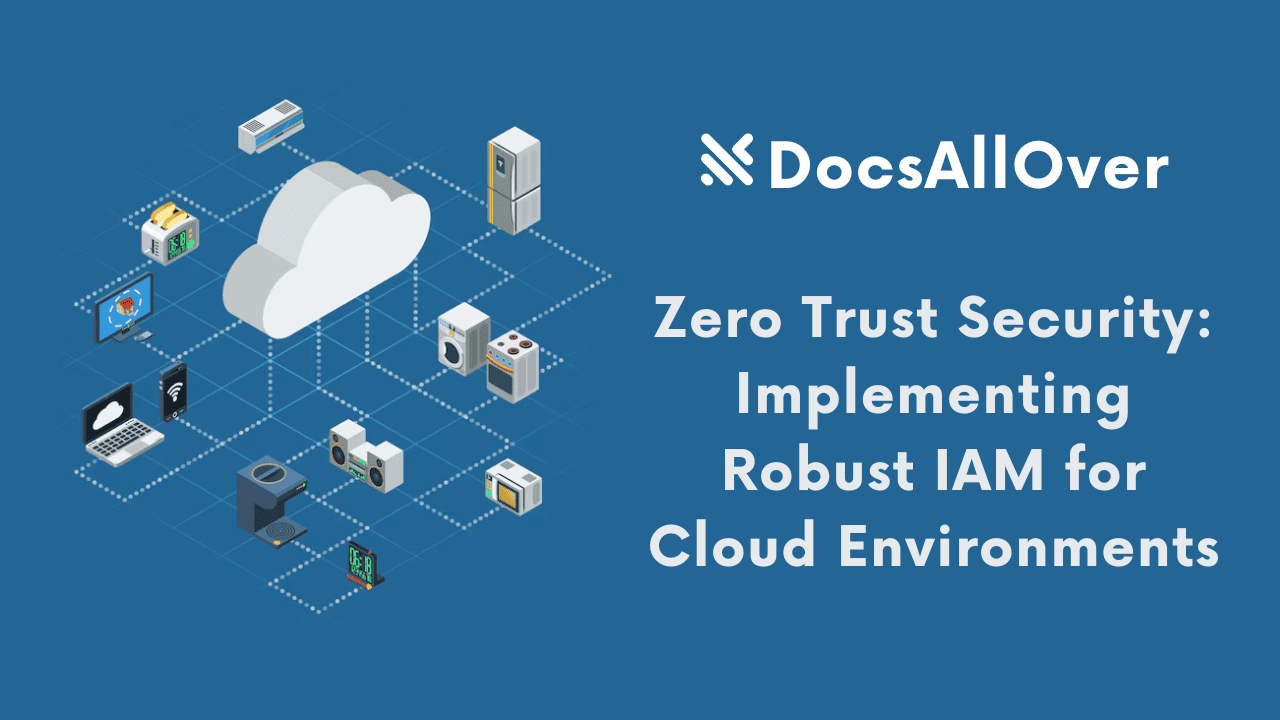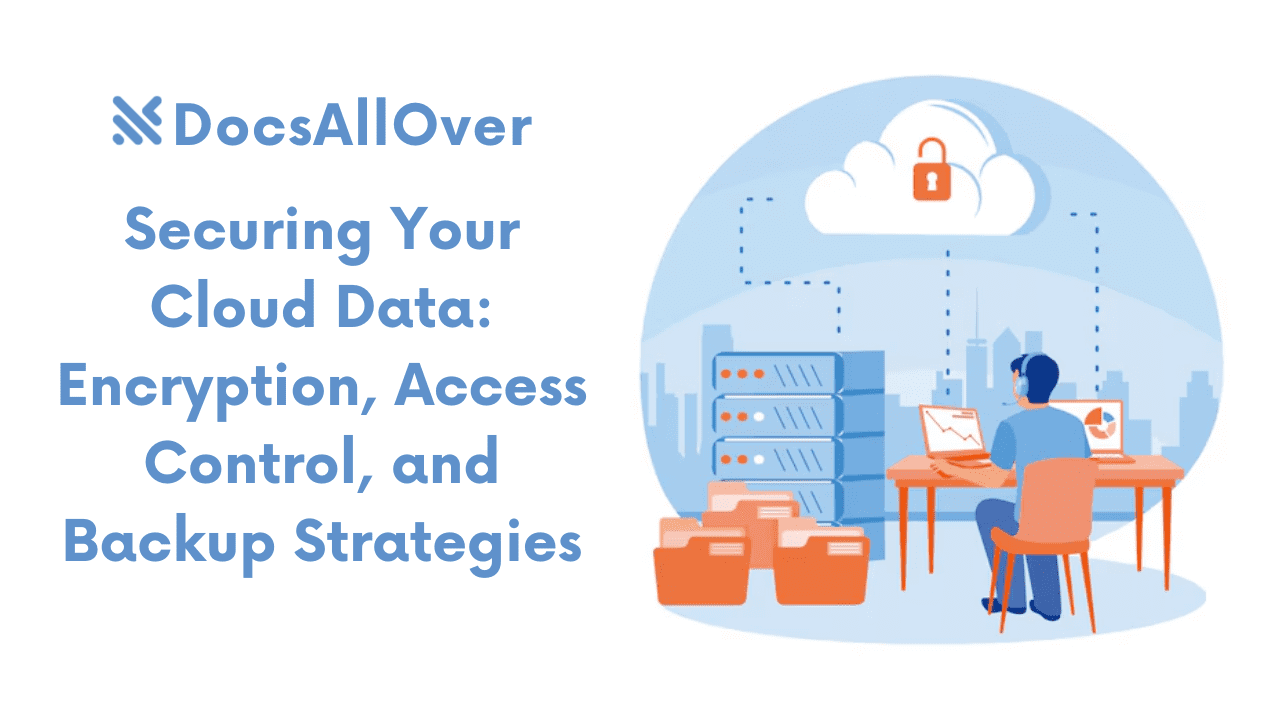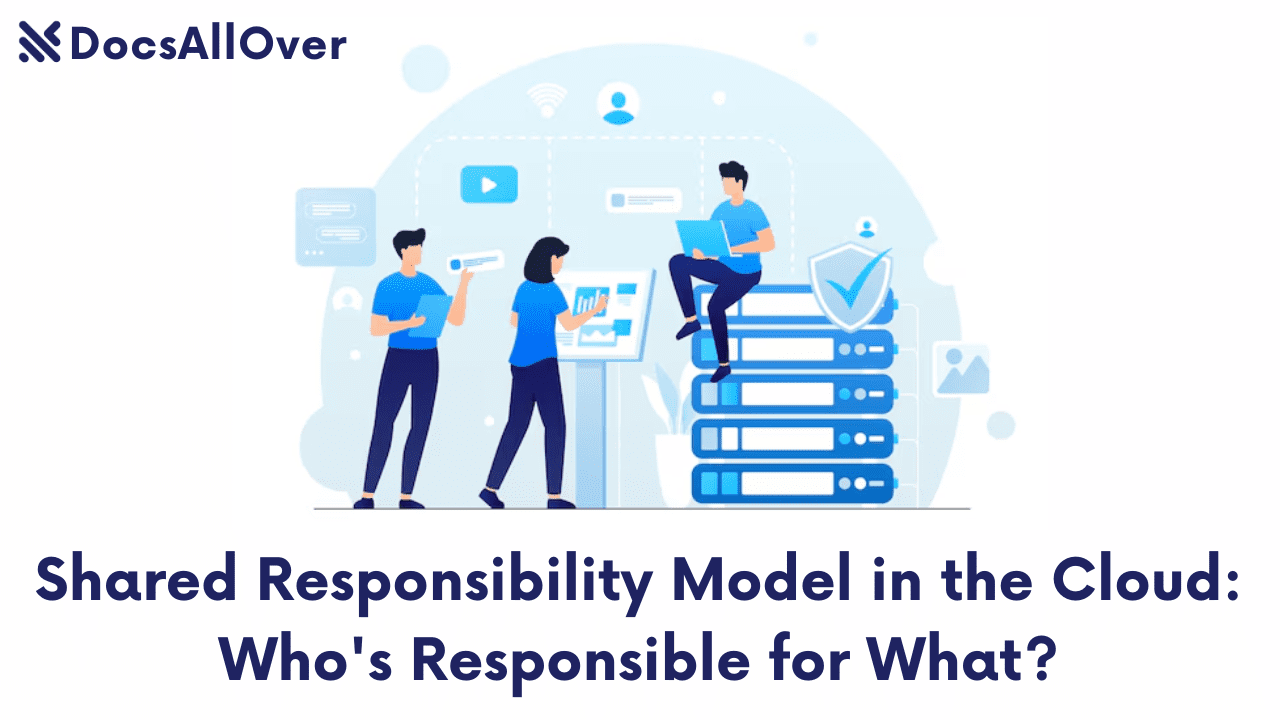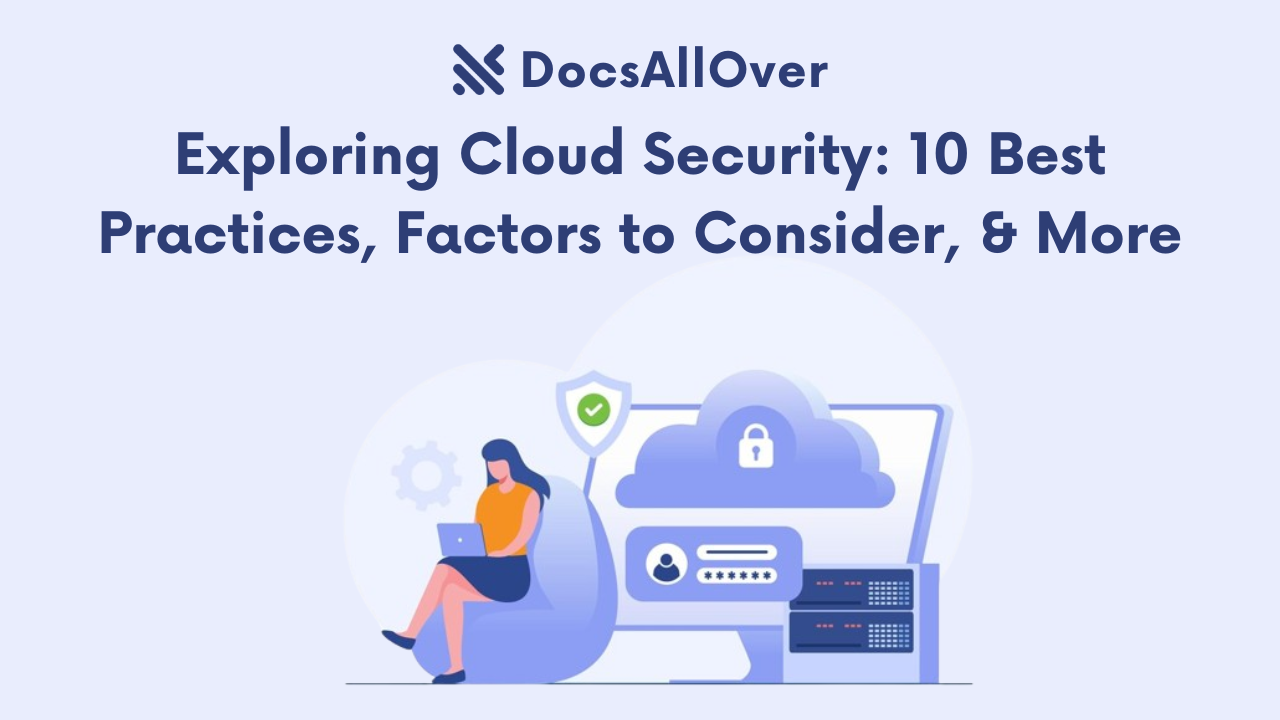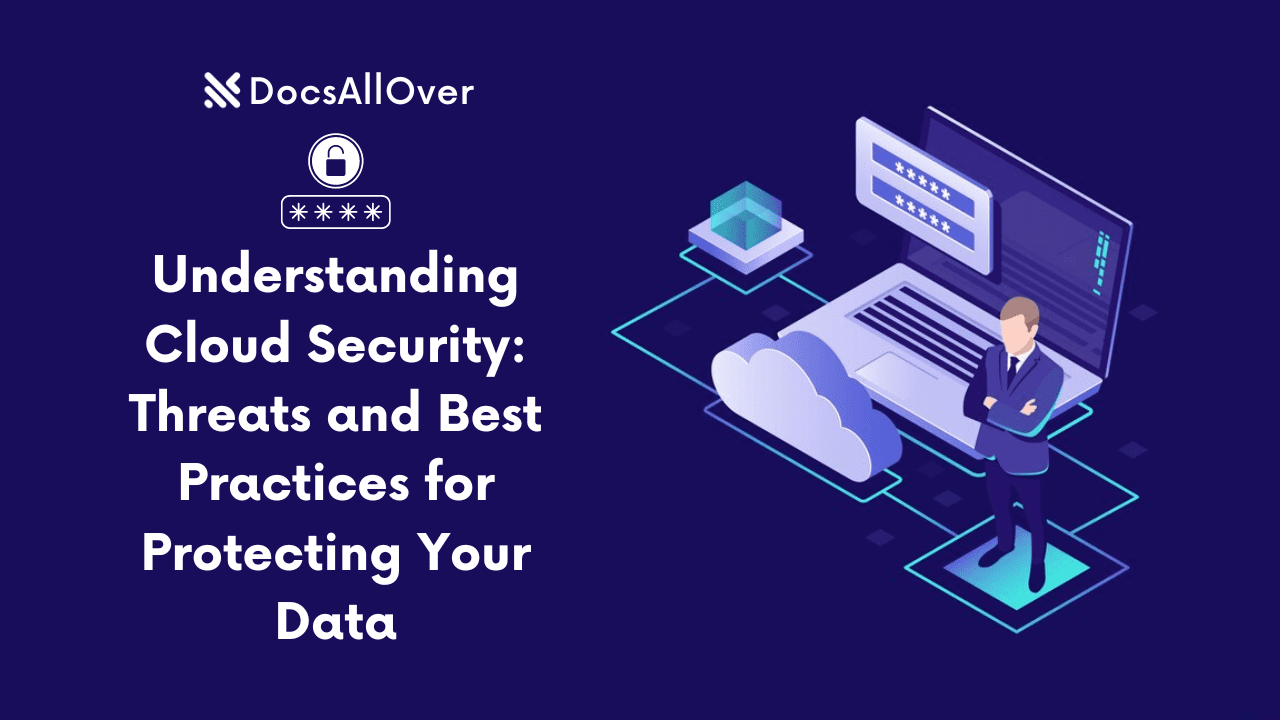Cloud Security Compliance: Meeting Industry Standards and Regulations
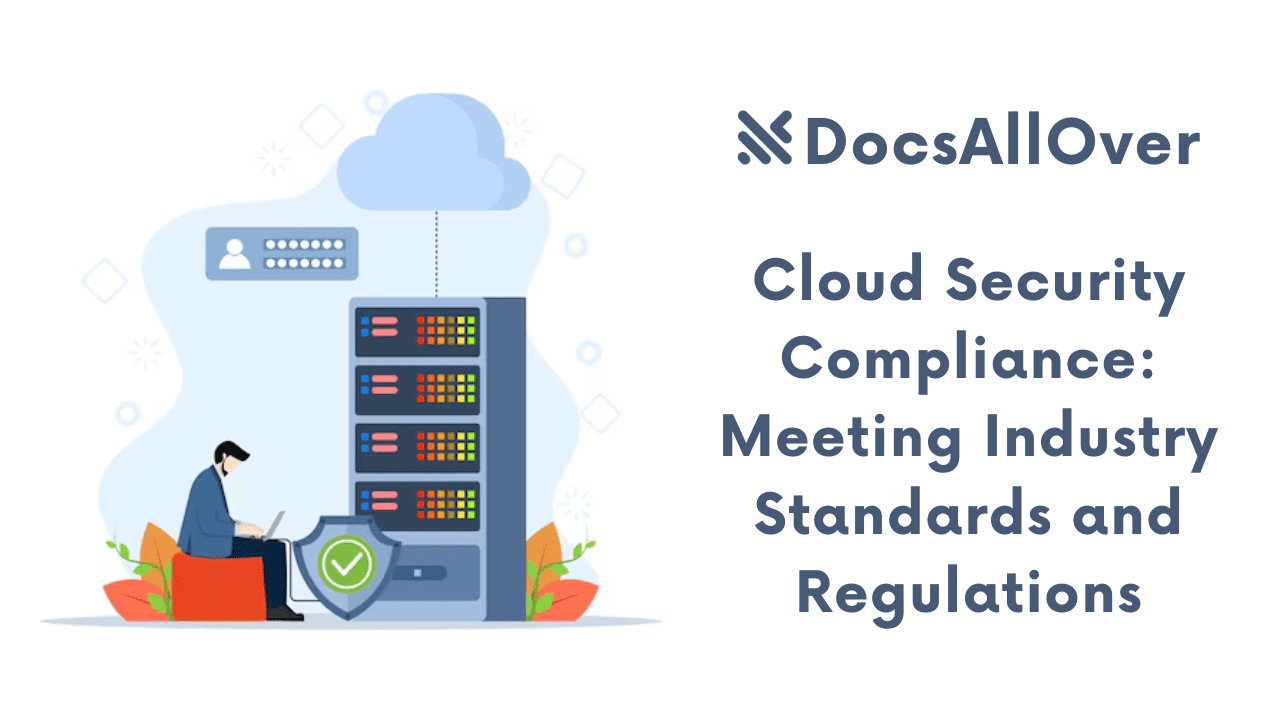
What is Cloud Security Compliance?
Cloud security compliance refers to the process of adhering to industry-specific standards and regulations that govern the security and privacy of data stored and processed in the cloud. It ensures that organizations using cloud services meet the necessary requirements to protect sensitive information and maintain data integrity.
Importance of Cloud Security Compliance
Cloud security compliance is essential for several reasons:
- Legal and regulatory requirements: Many industries have specific regulations that mandate data privacy and security measures. Non-compliance can result in hefty fines and legal repercussions.
- Customer trust: Customers expect organizations to protect their data. Compliance demonstrates a commitment to data security and can enhance customer trust.
- Risk mitigation: Adhering to security standards helps reduce the risk of data breaches, unauthorized access, and other security incidents.
- Competitive advantage: Demonstrating compliance can give organizations a competitive edge in the marketplace.
Overview of Key Industry Standards and Regulations
- HIPAA (Health Insurance Portability and Accountability Act): Applies to healthcare organizations in the United States. It mandates specific security measures to protect patient health information (PHI).
- GDPR (General Data Protection Regulation): Applies to organizations that process personal data of EU residents. It sets strict requirements for data protection and privacy.
- PCI DSS (Payment Card Industry Data Security Standard): Applies to organizations that handle cardholder data. It mandates specific security measures to protect credit card information.
- NIST Cybersecurity Framework: A voluntary framework developed by the National Institute of Standards and Technology (NIST) to help organizations improve their cybersecurity posture.
- ISO 27001: An international standard that provides a framework for information security management systems (ISMS).
These are just a few examples of industry-specific standards and regulations. The specific requirements may vary depending on the industry and jurisdiction.
Understanding Key Compliance Frameworks
HIPAA (Health Insurance Portability and Accountability Act)
- Purpose: Protects the privacy and security of patient health information (PHI) in the United States.
- Key requirements:
- Risk assessment and management
- Access controls
- Data encryption
- Business associate agreements
- Incident response and reporting
- Security awareness training
GDPR (General Data Protection Regulation)
- Purpose: Protects the personal data of EU residents.
- Key requirements:
- Consent and accountability
- Data protection by design and by default
- Data breach notification
- Data portability
- Right to be forgotten
PCI DSS (Payment Card Industry Data Security Standard)
- Purpose: Protects cardholder data and prevents fraud in the payment card industry.
- Key requirements:
- Install and maintain a firewall
- Do not default to any vendor-supplied passwords
- Protect cardholder data
- Develop, implement, and maintain secure systems and applications
- Restrict access to cardholder data
- Regularly monitor and test networks
- Maintain a secure physical environment
- Implement a strong information security policy
NIST Cybersecurity Framework
- Purpose: A voluntary framework developed by the National Institute of Standards and Technology (NIST) to help organizations improve their cybersecurity posture.
- Core functions: Identify, detect, respond, recover, and adapt.
- Categories: Identify, protect, detect, respond, recover.
ISO 27001
- Purpose: An international standard that provides a framework for information security management systems (ISMS).
- Key requirements:
- Information security policy
- Risk assessment and management
- Access control
- Asset management
- Incident management
- Business continuity management
By understanding these key compliance frameworks, organizations can identify the specific requirements applicable to their industry and take appropriate measures to ensure compliance.
Cloud Security Best Practices
Risk Assessment and Management
- Identify risks: Conduct a thorough risk assessment to identify potential threats and vulnerabilities in your cloud environment.
- Prioritize risks: Assess the likelihood and impact of each risk to determine the appropriate mitigation strategies.
- Implement controls: Implement security controls to address identified risks, such as encryption, access controls, and vulnerability management.
Access Control and Identity Management
- Strong authentication: Require strong authentication methods like multi-factor authentication (MFA) to prevent unauthorized access.
- Least privilege principle: Grant users only the minimum necessary permissions to perform their job duties.
- Regularly review and update access rights: Ensure that access rights are appropriate and up-to-date.
Data Encryption and Protection
- Encrypt sensitive data: Encrypt data both at rest and in transit to protect it from unauthorized access.
- Regularly backup data: Implement robust backup and recovery procedures to protect against data loss.
- Data retention policies: Establish data retention policies to determine how long data should be retained and when it should be deleted.
Vulnerability Management and Patching
- Regular scanning: Conduct regular vulnerability scans to identify and address security weaknesses.
- Patch management: Apply security patches promptly to address known vulnerabilities.
- Configuration management: Ensure that cloud resources are configured securely and consistently.
Incident Response and Recovery
- Incident response plan: Develop and test an incident response plan to address security breaches effectively.
- Regular drills: Conduct regular security drills to ensure that your team is prepared to respond to incidents.
- Business continuity planning: Have a plan in place to recover from major disruptions and continue operations.
Regular Audits and Assessments
- Internal audits: Conduct regular internal audits to assess compliance with security standards and identify areas for improvement.
- Third-party audits: Consider engaging third-party auditors to provide an independent assessment of your cloud security posture.
- Continuous monitoring: Implement continuous monitoring tools to detect and respond to security threats in real time.
By following these best practices, organizations can significantly enhance their cloud security posture and mitigate the risk of data breaches and other security incidents.
Meeting Compliance Requirements
Implementing Security Controls
- Identify applicable controls: Determine the specific security controls required to meet the relevant compliance standards.
- Implement controls: Implement the identified controls using appropriate technologies and processes.
- Document controls: Document the implementation and operation of security controls for auditing purposes.
Conducting Regular Audits and Assessments
- Internal audits: Conduct regular internal audits to assess compliance with security standards and identify areas for improvement.
- Third-party audits: Consider engaging third-party auditors to provide an independent assessment.
- Continuous monitoring: Implement continuous monitoring tools to detect and respond to security threats in real time.
Addressing Non-Compliance Issues
- Identify root causes: Determine the underlying reasons for non-compliance.
- Take corrective actions: Implement corrective measures to address the non-compliance issues.
- Document corrective actions: Document the steps taken to address non-compliance.
Staying Updated with Evolving Regulations
- Monitor regulatory changes: Stay informed about changes to relevant industry standards and regulations.
- Update security measures: Adjust your security practices to align with evolving requirements.
- Seek expert advice: Consult with legal and security experts to ensure compliance.
By following these steps, organizations can effectively meet compliance requirements and mitigate the risk of data breaches and other security incidents.
Case Studies: Successful Cloud Security Compliance
Example 1: Healthcare Organization
- Organization: A large healthcare provider
- Compliance requirement: HIPAA
- Success story: The organization implemented robust security measures, including encryption, access controls, and regular audits, to ensure compliance with HIPAA regulations. They also conducted extensive training for employees to raise awareness about data privacy and security. As a result, the organization successfully avoided data breaches and maintained patient trust.
Example 2: Financial Institution
- Organization: A major financial services company
- Compliance requirement: PCI DSS
- Success story: The organization implemented a comprehensive security framework that included encryption of cardholder data, regular vulnerability assessments, and strict access controls. They also established incident response procedures to handle security breaches effectively. By adhering to PCI DSS standards, the organization protected customer data and maintained compliance.
Example 3: E-commerce Company
- Organization: A global e-commerce giant
- Compliance requirement: GDPR
- Success story: The organization invested heavily in data privacy and protection. They implemented robust consent mechanisms, provided clear data privacy notices, and appointed a data protection officer. By complying with GDPR, the organization demonstrated its commitment to data privacy and built trust with its customers.
These are just a few examples of organizations that have successfully met cloud security compliance requirements. By learning from their experiences, organizations can identify best practices and strategies for ensuring compliance in their own environments.


